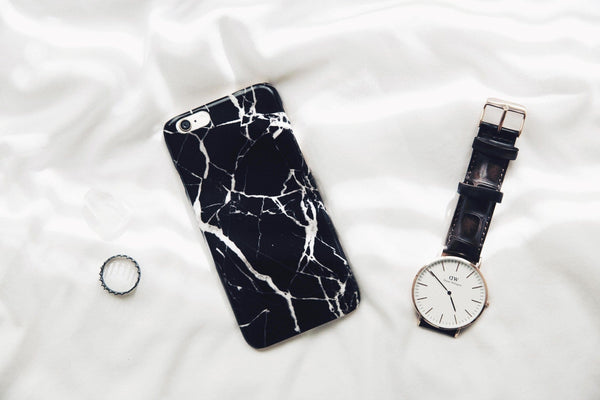
STYLING TIPS WITH JEFFREY CHUNG
This week our feature blogger is the talented minimalist Jeffrey Chung. He's going to be taking over the blog to give us a few tips on creating beautiful photographs, and how to master the ultimate minimalist flat lay.
1) BACKGROUND
As important as the objects in the foreground are in presenting a story and creating pleasant imagery, the backdrop is the fundamental structure holding the photograph together and is the fabric of the story being told, so for me it’s vital to consider backdrops that complement the mood and setting of my photograph. Sometimes it’s using a backdrop that clashes with the subject matter, or one that is subdued and allows the objects to be the centre of attention.

2) NATURAL ELEMENTS
As my style is extremely stripped down and minimal, it’s important for me to incorporate as many natural elements as I can in my photographs. Light is one of, if not the most, essential factors I consider when capturing because it helps give depth and clarity to the subject matter rather than being tinted by artificial light. I always try to reference nature in my photographs, so whether if it’s placing pressed ferns in the midst of photographs, or creating textures similar to the movement of wind, I always strive for organic photographs that don’t end up looking like a mundane game of Tetris.

3) SPONTANEITY
Stemming from the previous point of having an organic structure to my photographs, spontaneity is crucial for me to make sure my images aren’t exactly the same every frame. Sometimes it’s all about layering objects with different pieces of fabrics by stacking them on top of each other, or swapping objects around to see what fits best. For me it’s all about letting creativity take the wheel and having a fresh eye to every image I push out, rather than sticking to what I feel comfortable with and organising objects the same way in every single shot. There’s never a right or a wrong way to structuring your photographs and sometimes just mindlessly placing objects on flat surfaces to begin with then tweaking it later is actually a helpful way to curating content that is unique and effortless. I always try out different angles, utilise light in interesting ways, and place objects in unordinary positions. It’s all about testing out new things and pushing the boundaries.

4) INTERCONNECTEDNESS
Although spontaneity is important in creating original content, the interconnectedness between your subject matters is of paramount importance in all contributing to a story your photograph is telling. Whether it be selecting a colour palette and working your way around that (e.g. black, white and grey) or picking objects that are related in nature (e.g. coffee, book, candle as a symbol of tranquillity and recuperation) this enables photographs to not only look aesthetically pleasing but also have meaning to it.
5) INTRICACY
After considering the backdrop and using spontaneity to place objects that are at the foreground, the finishing touch is often tweaking the objects or adding some finer details to the scenery. My preferred method is adding necklaces or gem stones which reflect light. There are myriads of possibilities to add intricate details to photographs and as much as it is optional, oftentimes it’s what sets it apart from an ordinary Tetris flat lay. It’s good to keep things minimal and clean, but it doesn’t hurt to scatter a few bits and bobs here and there.


